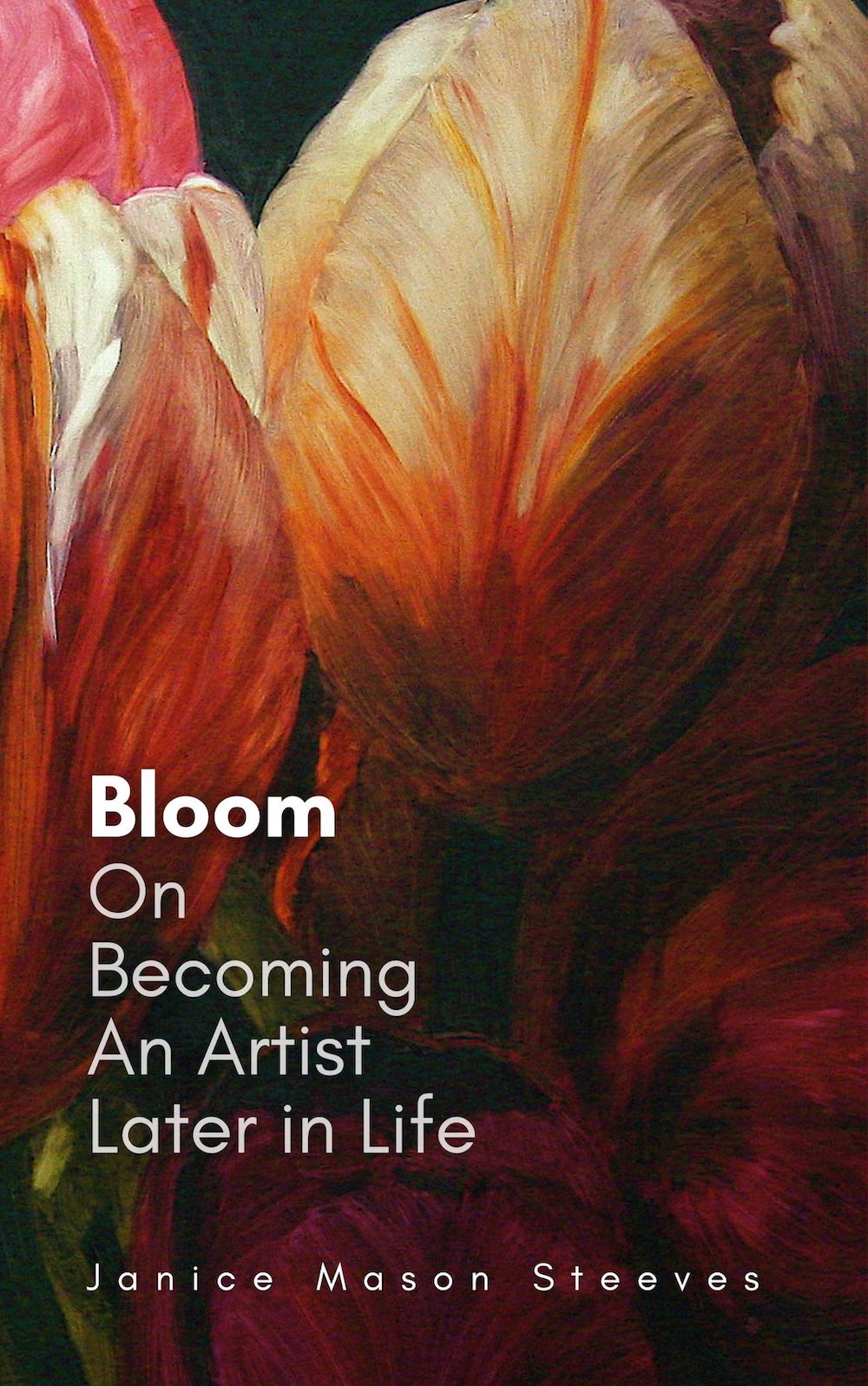
Publisher:
N/A
Publication Date:
N/A
Copyright Date:
N/A
ISBN:
ISBN-10 : 1039182356
Binding:
Paperback
U.S. SRP:
N/A

- Posted by IR Staff
- |
Readers will feel inspired to find one’s authentic voice and courage to express it no matter the artist’s age in Janice Mason Steeves’ BLOOM: On Becoming An Artist Later in Life. Steeves encourages permitting oneself to follow a creative, spiritual path by releasing fear, following intuition, and allowing play in creative, exploratory freedom. Emboldened readers will “follow the giggles” of inner guidance as they commit time and discipline to themselves.

Bloom: On Becoming An Artist Later in Life
Janice Mason Steeves
ISBN-10 : 1039182356